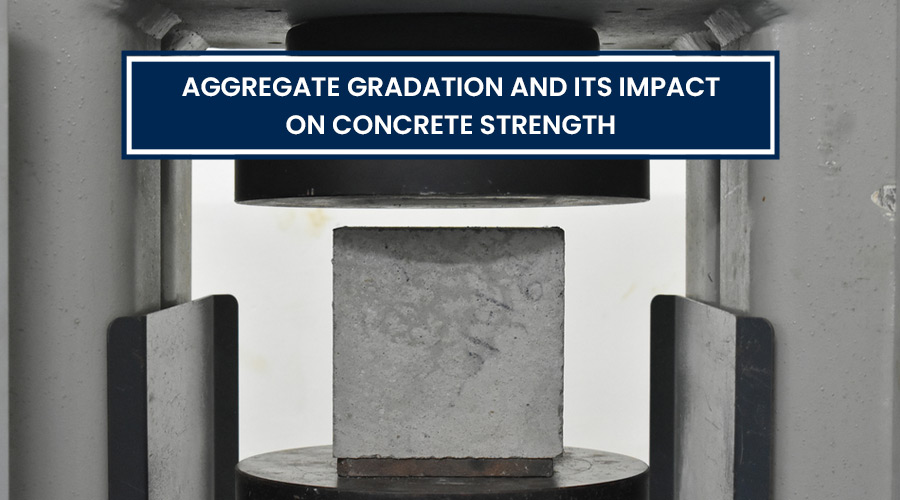Introduction
Concrete is the most widely used construction material, and its strength and durability are essential for the longevity of structures. While cement, water, and additives play significant roles in concrete, the aggregate, which typically constitutes 60-80% of the total volume, is a critical component that directly influences its strength. In this blog post, we will explore the concept of aggregate gradation and its profound impact on concrete strength.
Understanding Aggregate Gradation
Aggregate gradation refers to the distribution of particle sizes within an aggregate mixture. It involves combining different sizes of crushed stone, sand, and gravel to achieve a well-graded mixture. The gradation is determined by the proportions of aggregates in various size ranges and is typically expressed using a grading curve or a grading envelope. The gradation curve illustrates the percentage of aggregate retained on each sieve size.
Optimum Packing and Workability
Proper aggregate gradation is crucial for achieving optimum packing density and workability of concrete. Well-graded aggregates with a range of particle sizes fill the voids between larger particles, resulting in a densely packed mixture. This optimized packing arrangement reduces the amount of cement paste required to fill the voids, leading to improved strength and reduced shrinkage. Additionally, an appropriate gradation facilitates better workability by ensuring a balanced mix that is easy to place, compact, and finish.
Influence on Concrete Strength
Aggregate gradation has a significant impact on the compressive strength of concrete. A well-graded aggregate mixture enhances the interlocking effect between particles, creating a more stable matrix. This improved interlocking increases the load-carrying capacity of the concrete and enhances its overall strength. On the other hand, poorly graded aggregates with an excessive proportion of fine or coarse particles can result in a less compact mixture, reducing the strength and durability of the concrete.
Effect on Concrete Durability
In addition to strength, aggregate gradation also affects the durability of concrete. A well-graded mixture promotes better cement-aggregate bond strength, which minimizes the risk of aggregate separation or debonding. Adequate interparticle contact within the mixture also reduces the potential for water penetration and the development of voids or cracks. By ensuring an optimal gradation, the concrete becomes more resistant to freeze-thaw cycles, chemical attacks, and other environmental factors that can compromise its durability.
Role in Proportioning Concrete Mixes
Aggregate gradation plays a crucial role in proportioning concrete mixes. The desired gradation is often specified in concrete mix design guidelines or project specifications. The selection of the appropriate gradation depends on factors such as the intended use of the concrete, desired strength, workability requirements, and local availability of aggregates. Producers and concrete technicians must carefully design and control the aggregate gradation to meet the specific project requirements and achieve the desired concrete performance.
Conclusion
Aggregate gradation is a critical factor in determining the strength and durability of concrete. A well-graded aggregate mixture enhances the packing density, workability, and interlocking effect, leading to improved strength and durability. Proper control of aggregate gradation during concrete production ensures that the mixture meets the specified requirements and delivers the desired performance. By understanding the impact of aggregate gradation on concrete, engineers, contractors, and concrete producers can optimize their mix designs and construct long-lasting and resilient structures.

